Cool Facts about the Mexican Long-Tongued Bat
- The length of its tongue can measure as long as a third of their total body length, no wonder they are called the long-tongued bat
- As well as bees, Mexican long-tongued bats have a great economic importance for humans because of their pollination efforts. This may be coming even more importnat as bees continue to disappear.
- Although they have a huge tongue, they are pretty tiny. A medium sized long-tongued bat weights no more than 25 grams and measures somewhere between 3 and 3.5 inches in length
- Such as birds, these bats are a migratory species, migrating to Mexico and Central America during winter and spending their summers in the US
Why Such a Long Tongue?
Much like every other animal on the face of the Earth, the Mexican long-tongued bat had to find a way to adapt to their environment in order to survive. This is the reason why, apart from your usual bat, this one has an elongated tongue. But what does it do with such a long tongue? Well, these small fellows feed on delicious fruits, pollen, nectar and at times even insects. Their favorite course is the nectar and pollen and in order to feast on the foods they love the most they have adapted. Their long tongues help them suck the nectar from the difficult to reach flowers and plants, such as the spiky agave.
The Lifestyle of an Acrobat
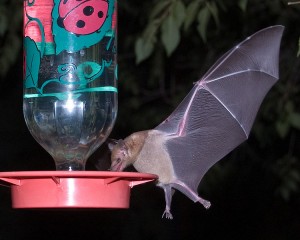 Equipped with a pair of short ears, a long and narrow nose with a leaf-like projection of skin called a nose leaf, big flashy eyes and a tail this small bat lives in a great variety of habitats. If you plan to visit Central America and Mexico you will be able to spot this tiny creature in the deserts and well as in riparian zones, tropical areas and even urban surroundings. More specifically, the Mexican long-tongued bat lives in caves, desert canyons where they shelter upside down in the crevices of cave walls, mines, thorn scrubs and even oak woodlands.
Equipped with a pair of short ears, a long and narrow nose with a leaf-like projection of skin called a nose leaf, big flashy eyes and a tail this small bat lives in a great variety of habitats. If you plan to visit Central America and Mexico you will be able to spot this tiny creature in the deserts and well as in riparian zones, tropical areas and even urban surroundings. More specifically, the Mexican long-tongued bat lives in caves, desert canyons where they shelter upside down in the crevices of cave walls, mines, thorn scrubs and even oak woodlands.
They live in small packs of 15 or so, but at times they shelter together in larger groups of 40-50 individuals. The Mexican long-tongued bat hangs upside down by one single foot while roosting and can rotate 360 degrees, making it a mighty acrobat. They breed every summer up north, where each female gives birth to a single furry young bat that they nurse and take care of in cave walls, rock crevices, and abandoned buildings. When the babies have reached 3 weeks old they learn how to fly and the entire family moves to an area with greater food availability.
The Mexican long-tongued bat has a sweet tooth for flower nectars, pollen as well as tasty fruits and juicy leaves. They are nocturnal animals, feeding of flowers that blossom at nighttime, such as cactus and agave. Fortunately this tiny and amazing animal that’s been pollinizing the desert flora for free is not endangered. Hopefully humans will keep it this way.

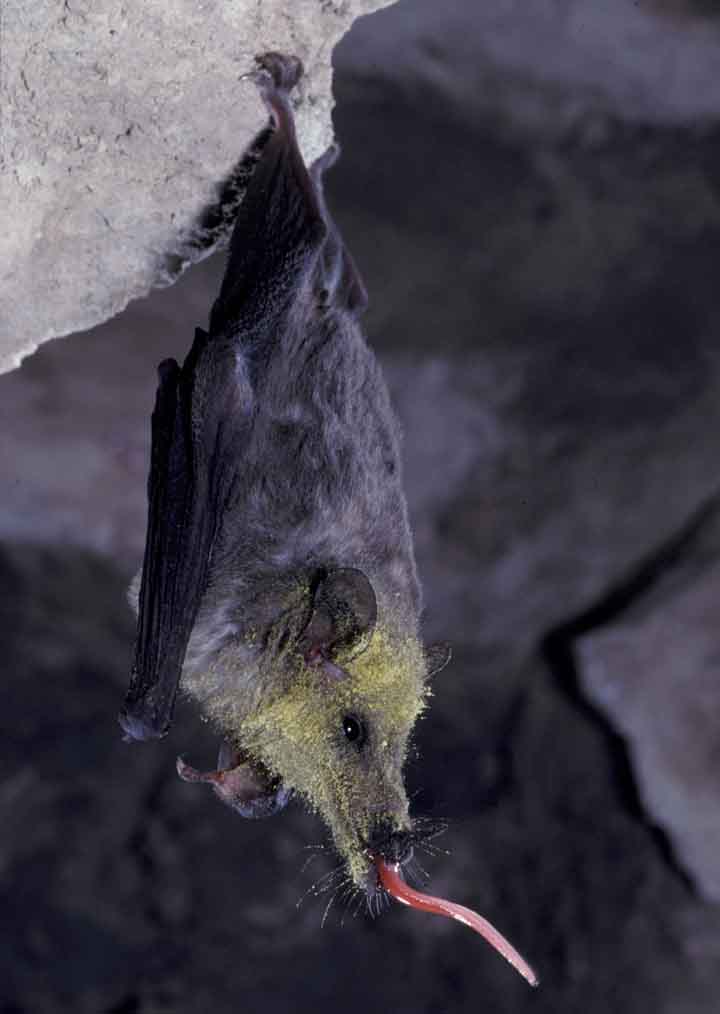

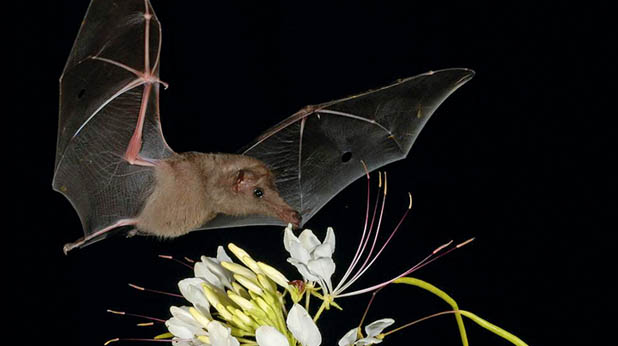


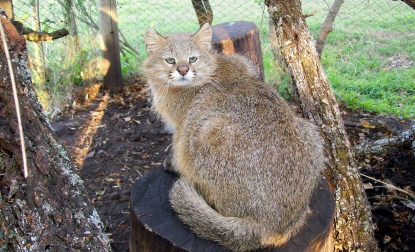
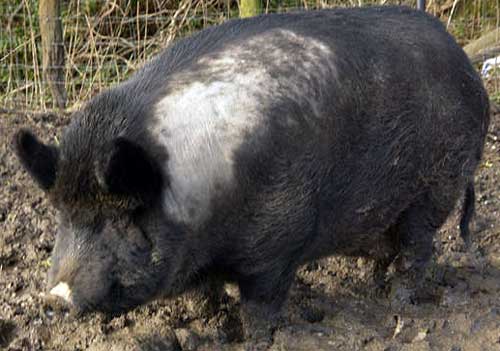
Your second photo is a Lesser Long-nosed bat. Thanks to Ted Fleming, a bat study friend, “Its very reduced tail membrane is obvious. If it had been a Choero, then the hind legs would not have been ‘free’ as they are in Lepto. The head shapes of the 2 species are also different. Choero has a longer, thinner snout than Lepto.”